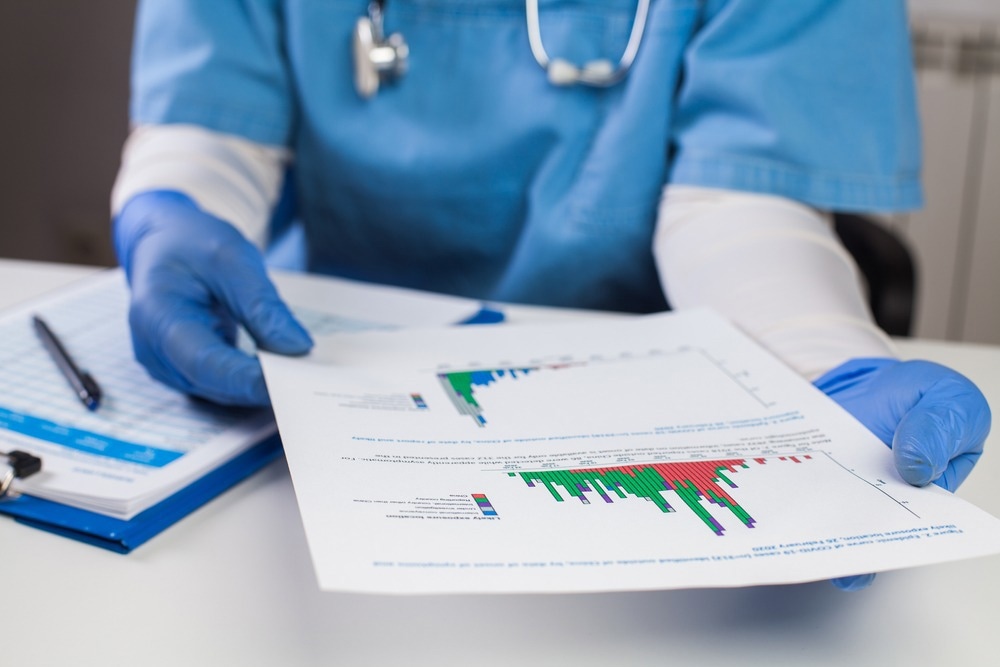Are deaths from causes other than COVID-19 returning to pre-pandemic levels?
The US Centers for Disease Control and Prevention (CDC) has been reporting provisional deaths weekly that are dissected by sex and age since the beginning of 2020. The CDC estimated in June 2022 that approximately 1.125 million excess deaths occurred since 1st February 2020. Out of them, 901,000 were COVID-related, and 224,000 were due to other causes.

Background
Although the cause behind non-COVID-19 excess deaths is unknown, the 2020 lockdowns were reported to cause an immense economic and social impact as well as worsened mental illness. Moreover, the diversion of medical care for the treatment of COVID-19 led to delays in the treatment of acute cardiovascular diseases as well as cancer screenings. Only 67% of excess deaths during March-July 2020 were documented due to COVID-19 due to such healthcare conditions.
The provisional mortality data highlighted not only higher COVID-19-related deaths but also higher deaths in 2021 compared to 2020. However, the mortality risks for different sex and age subgroups are still unknown.
A new study published in Health Care Management Science aimed to compare the provisional mortality data for sex and age subgroups during different periods to analyze returning of the mortality risks to pre-pandemic levels.
About the study
The study compares the mortality risks for 22 sex and age subgroups from 2105-2019 to 2021 in the US. Mortality risks were determined for both with and without COVID-19 deaths. Additionally, measurements of relative mortality risk for the same sex and age subgroup were carried out between 2015–2019, and 2021.
Study findings
The results indicated that the mortality risks were higher in 2021 compared to 2015-2019 for most sex and age subgroups. However, for individuals over 75 years, in 2021, the mortality risks from other causes except COVID-19 were lower than during 2015-2019.
Furthermore, individuals 65 years of age or above were found to experience lower mortality risks in Year 2 (April 2021–March 2022) compared to Year 1 (April 2020–March 2021). However, the negative impact of COVID-19 was higher for people from 25 to 64 years of age during Year 2 than Year 1.
Therefore, the current study demonstrated that the mortality risks differed for different sex and age subgroups. Some face higher risks during 2021 as compared to 2015-2019. Moreover, differences in mortality risks for Year 1 and Year 2 of the pandemic were also observed among the subgroups.
Researchers suggest that the occurrence of displaced deaths during the initial two years of the pandemic can cause mortality risks to fall below pre-pandemic levels in the upcoming years. However, the most effective way of determining the impact of COVID-19 and mortality risks is by assessing total deaths as compared to previous years. This way, the pandemic's impact can be analyzed, not just COVID-19-related deaths.
Limitations
The study has two limitations. First, the provisional mortality data do not provide information on comorbidities. Second, the results of the study might change slightly until next year as the CDC continues to carry out the processing of late death reports as well as corrections.
- Ludden, I., Jacobson, S. and Jokela, J. (2022) "Excess deaths by sex and Age Group in the first two years of the COVID-19 pandemic in the United States", Health Care Management Science. doi: 10.1007/s10729-022-09606-3. https://link.springer.com/article/10.1007/s10729-022-09606-3
Posted in: Medical Science News | Medical Research News | Disease/Infection News
Tags: Cancer, Coronavirus Disease COVID-19, covid-19, Health Care, Healthcare, Mortality, Pandemic

Written by
Suchandrima Bhowmik
Suchandrima has a Bachelor of Science (B.Sc.) degree in Microbiology and a Master of Science (M.Sc.) degree in Microbiology from the University of Calcutta, India. The study of health and diseases was always very important to her. In addition to Microbiology, she also gained extensive knowledge in Biochemistry, Immunology, Medical Microbiology, Metabolism, and Biotechnology as part of her master's degree.
Source: Read Full Article


